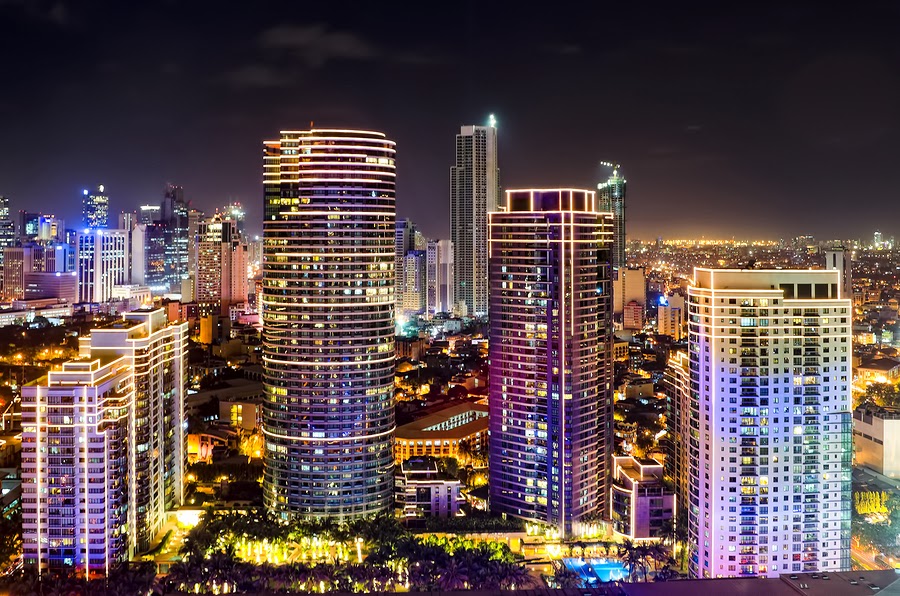25 September 2020
On Aug. 15, President Rodrigo Duterte approved the recommendation of Department of Education Secretary Leonor Briones to defer the opening of classes from Aug. 24 to Oct. 5 in view of the COVID-19 pandemic. This postponement reflects the challenges faced by the government, educators, parents, and students in providing and accessing quality education during the current health emergency. Such challenges include the lack of access to technology and reliable internet connections, and the difficulties parents face in facilitating at-home learning through no fault of their own. Educational institutions that decided to open classes earlier have resorted to on-line learning, the provision of modular printed materials, or television and radio-based instruction.
The shift from face-to-face teaching to remote instruction has given rise to copyright concerns in view of the inaccessibility of textbooks as well as the need to make available learning materials containing copyrighted work through a medium accessible remotely.
The Intellectual Property Office of the Philippines defines copyright as “the legal protection extended to the owner of the rights in an original work.” Under Section 172 of the Intellectual Property Code of the Philippines (IP Code), these works are original intellectual creations protected from the moment of their creation. Pertinently, they include: books, articles, and other writings; lectures and addresses; musical compositions; illustrations and photographs; audiovisual and cinematographic works; and other literary, scholarly, scientific, and artistic works.
Under Section 177 of the IP Code, the owner of an original work’s copyright has the right to control the distribution, sale, or other public display or dissemination of the work. However, if the use of a copyrighted work is “fair,” as when a work is used for educational purposes, the use is not an infringement of copyright under the Code. This even includes creating multiple copies of a work for classroom use.
To determine whether use is fair, the following factors shall be considered: the purpose and character of the use, including whether such use is of a commercial nature or is for non-profit educational purposes; the nature of the copyrighted work; the amount and substantiality of the portion used in relation to the copyrighted work as a whole; and the effect of the use upon the potential market for or value of the copyrighted work.
Prior to COVID-19, educational institutions required textbooks which may have been readily purchased, or at times borrowed, from school premises. Educators may have also played portions of a musical composition or an audiovisual work live in a physical classroom — in compliance with Philippine copyright law.
With the move from face-to-face learning to remote instruction, and in the absence of clear legal rules on the application of Philippine copyright law to the latter, some educators have opted to not require reading materials. Instead, they have resorted to creating their own content with minimal to no use of original copyrighted works. If any copyrighted material were to be included in these learning materials, educators may have to obtain permission from the copyright holders.
While educators may use open educational resources and works in the public domain or those with open licenses, resources of this nature may be very limited, especially for more specialized fields, or those specific to the Philippines, such as subjects on law, history, and language.
In the instances where schools and universities are able to obtain licenses for on-line educational resources, barriers to access them still exist, such as exorbitant prices, limited off-site access, and caps on how many users may access these databases at the same time.
Some local publishers now sell physical copies of their books on-line and offer to ship them to the students, with delivery areas even reaching more remote provinces previously not catered to. These efforts have not gone unnoticed, but the expensive price tags that come with these books remain the same.
Of course, a balance must be struck between ensuring accessible education during times of public emergency and protecting intellectual property. After all, intellectual property has its own noble goals, which include the flourishing of the arts and sciences and the safeguarding of income a creator is rightfully entitled to.
As it may take years for lawmakers to revisit the policies behind copyright legislation or for courts to rule on the issue of fair use in the particular context of on-line education, the various stakeholders may consider taking immediate steps to help address the challenges currently faced. Perhaps publishers can make textbooks available in digital form for ease of acquiring the same, or offer them at a lower price for a limited period. Publishers of on-line databases may loosen restrictions on off-campus access and allow for more simultaneous usage by members of an institution. Copyright owners themselves may explore options regarding the flexibility of their licenses, at least for the time being.
Affording quality education to students during a pandemic entails a joint effort from all parties involved. This includes parents, the government, schools and their faculty, publishers, and copyright owners. No learner must be left behind. As they say, it takes a village to raise a child. In the face of this unprecedented public health crisis, it will take the same to educate one.
For further information, please contact:
Noelle Jenine Francesca E. Buan, Angara Abello Concepcion Regala & Cruz (ACCRALAW)
nebuan@accralaw.com


.jpg)




